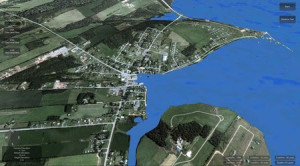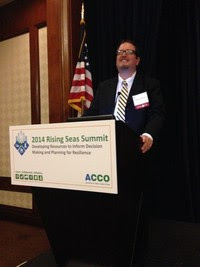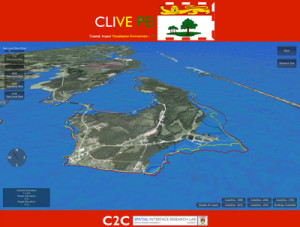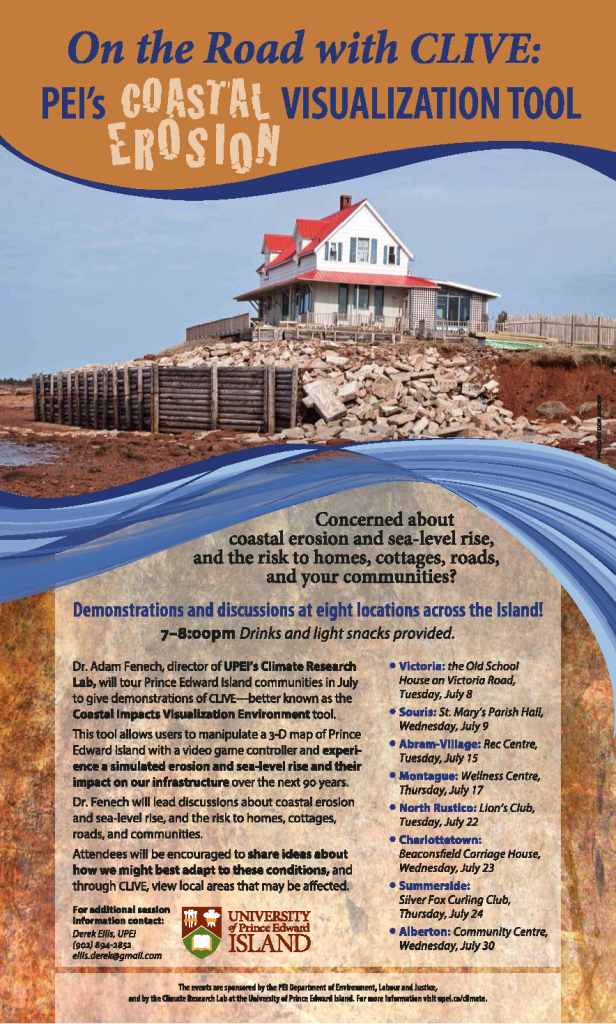By Adam Fenech and Don Jardine
The month of September 2014 was warmer and wetter than normal – the ‘climate normal’ being the average of 30 years of daily observations from 1981-2010. During the month of September 2014, the average temperature in Charlottetown was 0.4°C warmer than the climate normal of 14.1°C; and 16.3 millimetres (mm) or 17% wetter than the normal precipitation of 95.9 mm. The Climate Research Lab at the University of Prince Edward Island has established seven climate stations to begin tracking the local climates across the Island. These initial seven (7) stations have been established on private properties at Winsloe South, Flat River, Orwell Cove, Foxley River, Dingwell’s Mills, Argyle Shore and Cardigan Head. Continue reading





